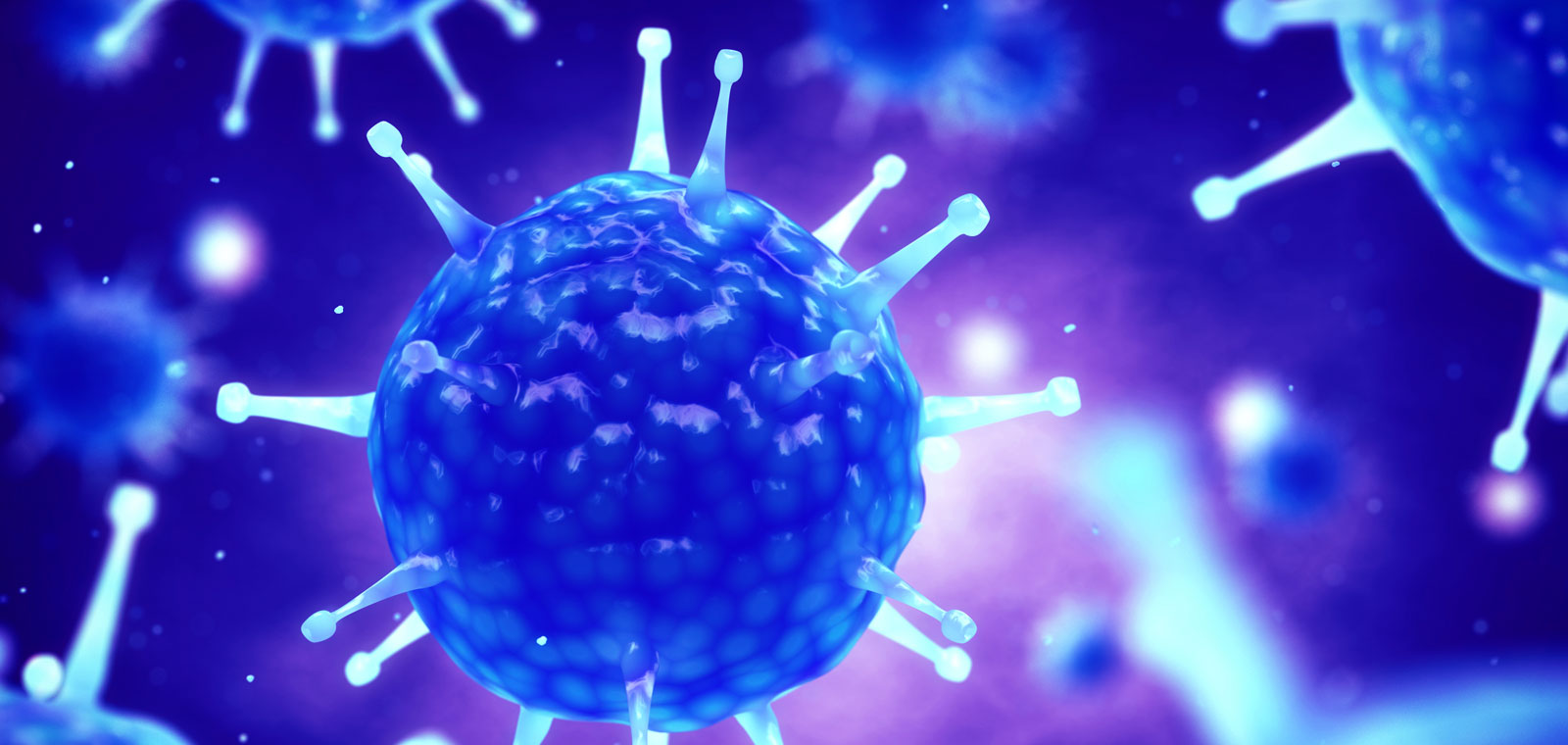
Animal research, we cannot do without it yet. Certainly not when a new virus emerges that has the potential to make many, many, people sick, such as the new coronavirus. To stop the epidemic, new medicines and vaccines are needed. BPRC is working hard on this.
Why not test in people right away?
The first step to new medicines is done in culture dishes. For example, by exposing cells to the virus with or without medicine. When an antiviral slows down the virus, it can be recognized under the microscope. This would be a first indication that the drug can also work in humans. But it is not a guarantee. In order not to expose sick people to this risk, a little more research is needed. And that can be done in several ways.
Old medicines with a new application
To properly explain this, we must distinguish between two types of new medicines. The first are drugs that are already on the market, such as chloroquine. Chloroquine has been used as a malaria medicine since 1934, and researchers discovered in 2004 that it also worked against coronaviruses. Thus, chloroquine is approved for use in humans. Therefore, it can also be tested very quickly, but on a small scale, in people who are sick with this corona virus. 23 clinical experiments are currently underway in China. The results are not yet known.
New medicines
In addition to drugs that may already be used in humans, there is a hard search for really new drugs that specifically attack the virus. This quest also starts in culture dishes. If a drug is found that works, it can be tested further, because a cell culture in a culture dish is not the same as a body. New drugs can have undesirable side effects. To demonstrate that a new drug has the proper effect and that it is not harmful, preclinical research is conducted in laboratory animals.
Prevention is better than cure
Experts predict that the new coronavirus will never really go away. Therefore, in addition to medicines for sick patients, vaccines are also needed. Vaccines are the main weapon against an epidemic. They not only protect against infection and disease but also prevent spread. Vaccines accelerate group immunity.
We are in a hurry
The current epidemic of the coronavirus calls for swift action and several vaccines are already in the works. There is a great call to test new vaccines in humans. But testing on humans is not as simple as is often thought. The strategy then is to vaccinate people with an experimental vaccine and then wait until they become infected. If the infection is too fast, the immune system is not yet ready, the infection can still break through, and the volunteer will become ill. Testing an experimental vaccine takes a lot of time and the willingness of volunteers to sign up again and again for a new test, until there is evidence that he has been exposed to the virus but that the immune system has won the battle. To statistically show that the group of people who received the vaccine falls ill less often than the group of people who have not received the vaccine can take a lot of time. Time that the current outbreak does not grant us. We can accelerate this process with the use of laboratory animals.
Most laboratory animals are not permissive to the new coronavirus
So far, there are no indications that SARS-CoV-2 can infect other animals. That in itself is good news. It also means that pets or wildlife are unlikely to contribute to the spread of the virus. However, this complicates the development of medicines and vaccines. Genetic research of the virus shows that SARS-CoV-2 probably uses the same receptor to invade body cells as SARS and MERS, two cousins of the new coronavirus. Mice and rats, widely used in biomedical research, have a slightly different receptor and can therefore hardly be used. Previous research has shown that monkeys are susceptible to coronaviruses.
That is why BPRC is using its monkeys to fight against SARS-CoV-2, the new coronavirus, and is joining forces with different research groups in different international partnerships.
Follow our website for the latest developments.

